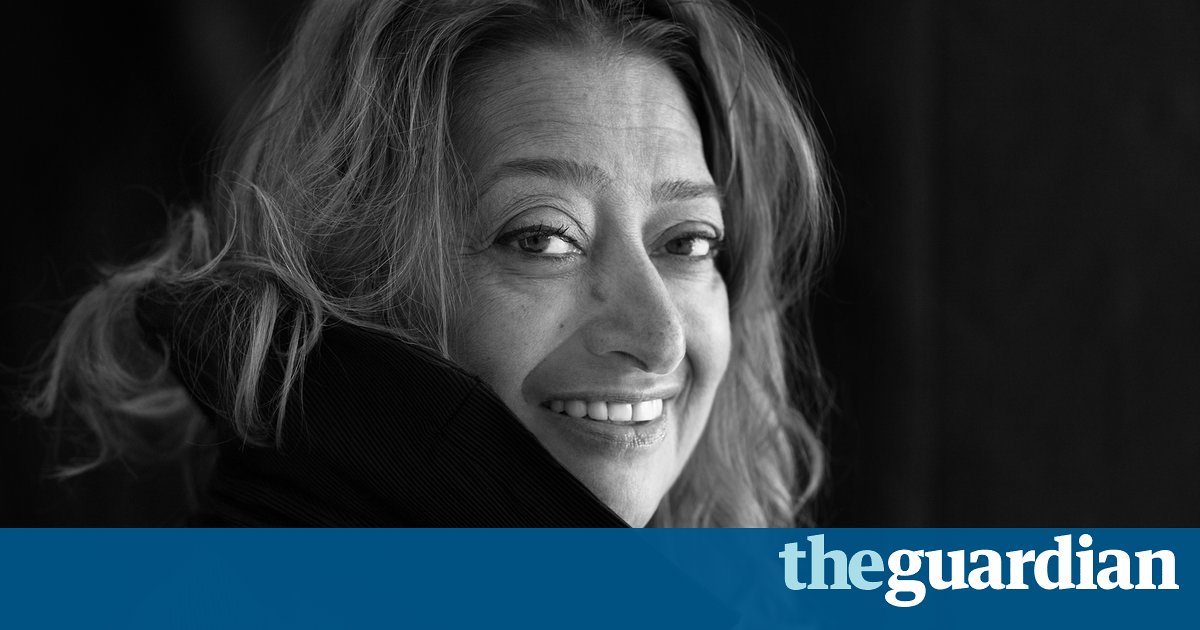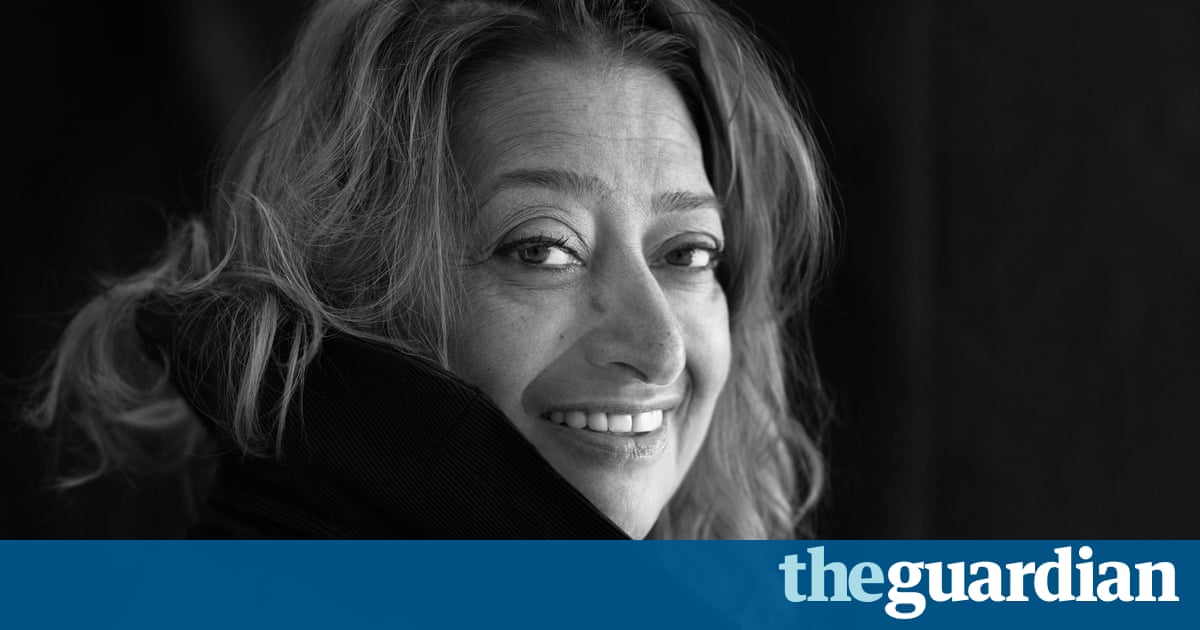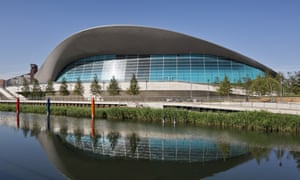Zaha Hadid leaves 67m fortune, architect’s will reveals

British-Iraqi architect behind London 2012 aquatics centre leaves 1.7m to relatives and 500,000 to business partner

Zaha Hadid, the British-Iraqi architect who died suddenly last March, left a fortune worth 67m, her will reveals.
The designer of the London Olympics aquatics centre, Guangzhou opera house and buildings in countries ranging from Saudi Arabia and South Korea to Azerbaijan, bequeathed a lump sum of 500,000 to her business partner Patrik Schumacher. Hadid also left a total of 1.7m to four nieces and nephews, as well as her brother Haytham Hadid, whose share was 500,000.
The architect, who was made a dame in 2012, was unmarried with no children and left her international design businesses, which account for the bulk of her wealth, in trust.

Hadid rose to become one of the worlds most famous architects with her brand of mathematically inspired curving buildings. She died aged 65 after suffering suspected heart failure while on holiday in Miami following an earlier bout of bronchitis.
Her will, obtained by the Architects Journal, shows that the net value of her estate was 67,249,458. The calculation was filed in the high court dated 14 December 2016.
Schumacher, a German architect who has taken over the running of Hadids London-based practice, angered his fellow executors of Hadids will in November after making a provocative speech that advocated abandoning social housing, the closure of art schools and building over Hyde Park. The executors are Schumacher, Peter Palumbo, the property developer, Brian Clarke, the artist, and Rana Hadid, the architects niece. They upbraided Schumacher in a public statement, saying Zaha Hadid would have been totally opposed to these views.
The will shows Hadid is leaving her architecture practice, of which she was the sole owner, in trust. In the year to the end of April 2015, Zaha Hadid Ltd turned over 48m and employed 372 people.

Hadid gave her executors powers to distribute all or some of the income from her several businesses, including the practice, to a wide range of parties. They include past, current and future employees and office holders of the companies, and the Zaha Hadid Foundation, which was set up to promote architectural education and exhibitions of Hadids work. Others who could benefit are family members and charities.
The will states that for the moment the trustees are her executors: Schumacher, Clarke, Palumbo and Rana Hadid.
Hadid was born in Baghdad in 1950 and became a revolutionary force in British architecture even though she struggled to win commissions in the UK for many years. She studied mathematics at the American University of Beirut before launching her architectural career in London at the Architectural Association.
By 1979, she had established her own practice in London Zaha Hadid Architects and gained a reputation across the world for groundbreaking theoretical works including the Peak in Hong Kong (1983), Kurfrstendamm 70 in Berlin (1986) and the Cardiff Bay opera house in Wales (1994).
The first major build commission that earned her international recognition was the Vitra fire station in Weil am Rhein, Germany (1993), but her scheme to build the Cardiff opera house was scrapped in the 1990s and she did not produce a major building in the UK until the Riverside Museum of Transport in Glasgow was completed in 2011.
She became the first female recipient of the Pritzker architecture prize in 2004 and twice won the UKs most prestigious architecture award, the RIBA Stirling prize.